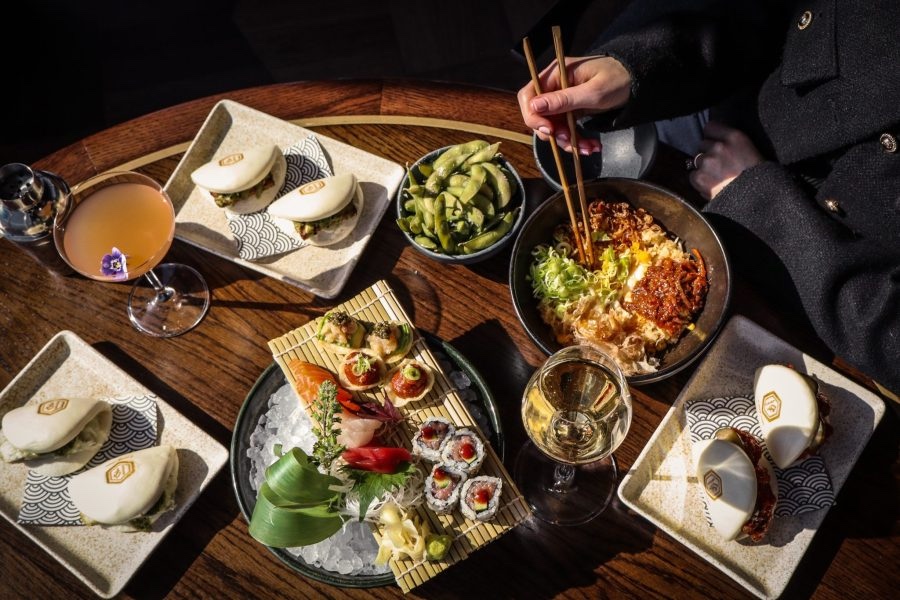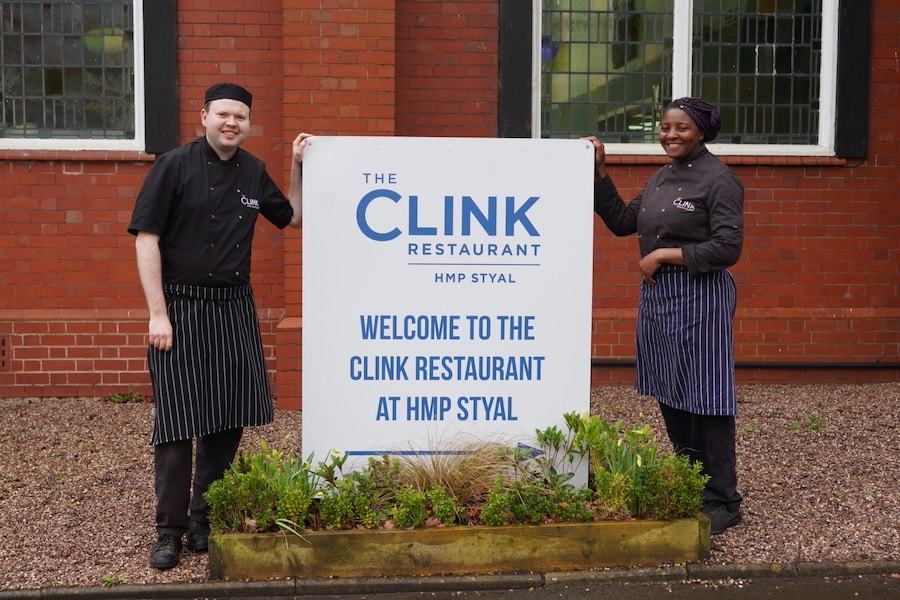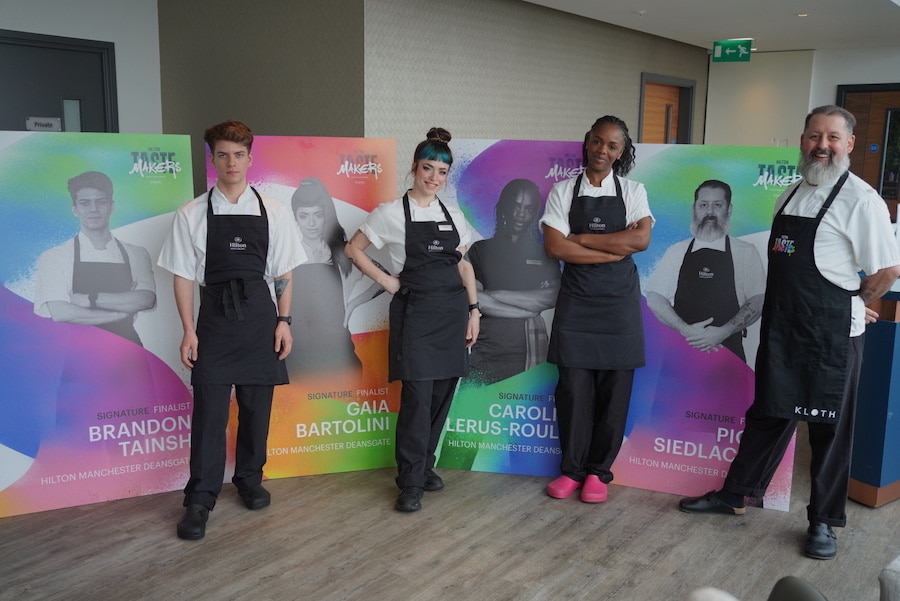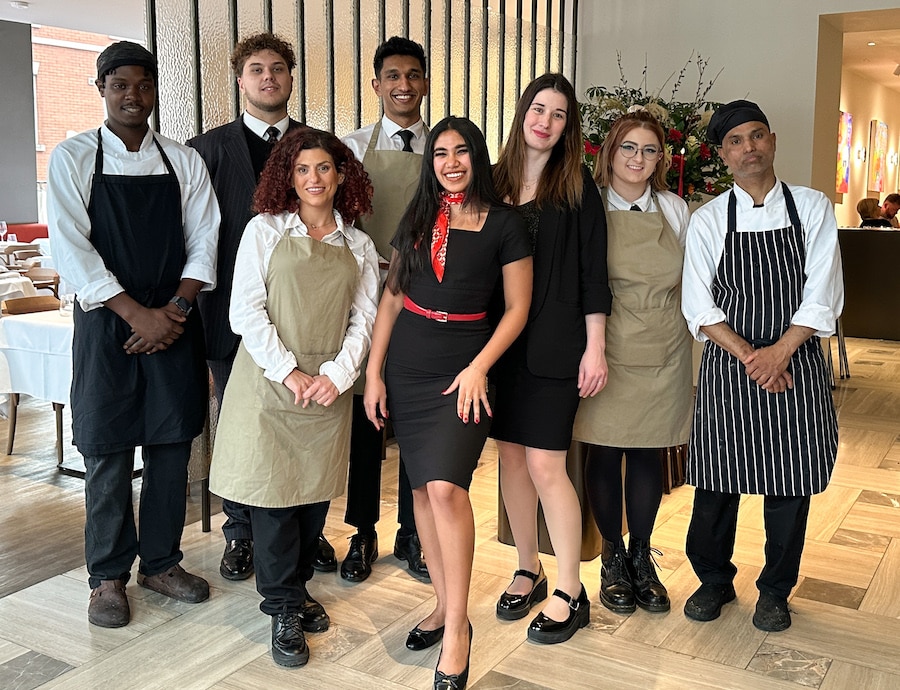In search of the perfect pie at the British Pie Awards
- Written by Louise Rhind-Tutt
- Last updated 4 years ago
- Food & Drink
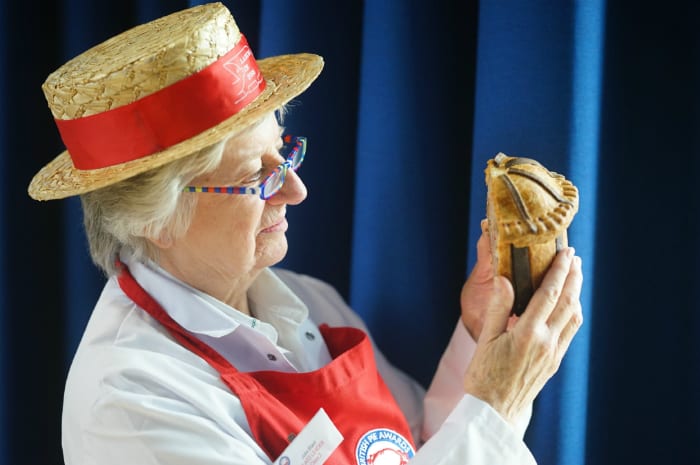
The pie, savoury or sweet, is a cornerstone of British cuisine. According to new research commissioned by nationwide campaign The Great British Pie Debate, it is estimated that Britons eat on average 304 pies every minute, with steak the nation’s favourite filling. We spend more than £1 billion on the pastry treats every year.
We also take pies seriously. In 2015, a petition was started to make it a criminal offence to describe a casserole with a pastry lid as a pie. It gained nearly 6,000 signatures.
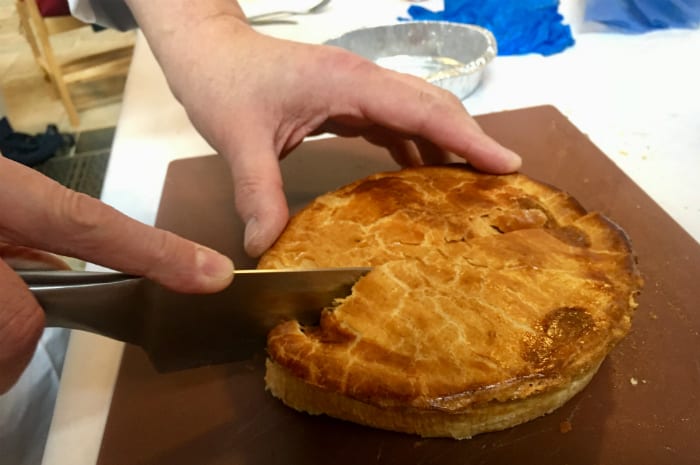
There are no casseroles with lids at the British Pie Awards, which has just celebrated its tenth anniversary. The awards were set up in Melton Mowbray in 2009 to honour the British pie, recognising the craft and skills of those that produce them whilst promoting British produce and regional specialities.
For the purposes of the awards, a pie is deemed to be a filling wholly encased in pastry and baked – so potato toppings such as cottage pies are not permitted. Nor are lattice tops.
Pasties, however, are allowed under the rules and have their own category. In 2016, the overall supreme champion was a beef skirt and vegetable pasty by AF Huddleston Butchers – a decision which caused a degree of controversy.
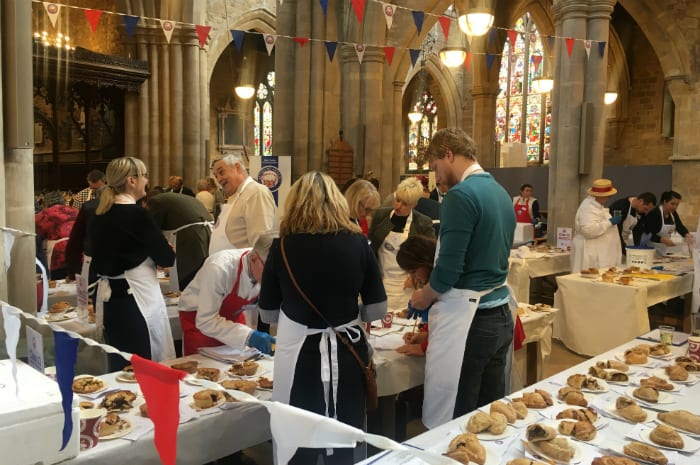
Over 7,000 pies have been judged over the years. The 2018 awards, held this week at St Mary’s Church in Melton Mowbray, saw 963 entries from 180 producers all competing to win the title of Supreme Champion. The awards encourage creativity as well as celebrating the classics, and 60 new pie makers entered the competition this year.
Tasting pies all day sounds like a fun job – but what’s it like to judge at the awards? For the third year running, I went along to take part.
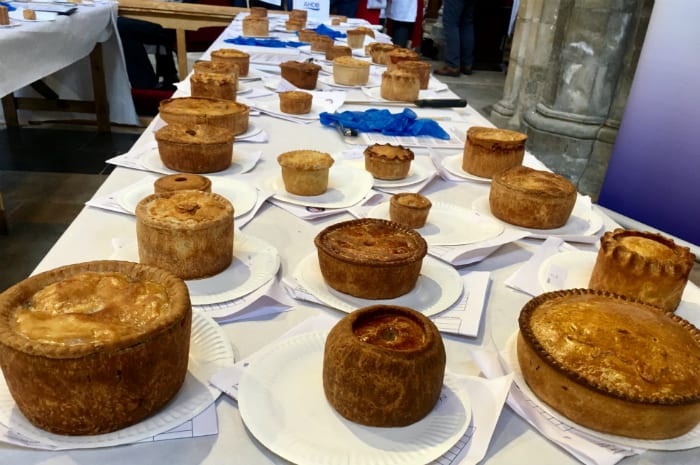
Some pies are preheated and judged hot, whilst others are judged cold. A ‘control pie’ is supplied to each table of all classes – steak for hot categories or pork pie for cold. The chairman of judges had already scored these pies, so it was down to the 100 or so judges to ensure this benchmark was adopted for consistency across the 21 categories.
The categories cover all sorts of pies, from meat and potato to speciality game or gluten-free. I was assigned to the beef and cheese pie category, which included 44 pies ranging from steak and Stilton to beef and smoked cheddar.
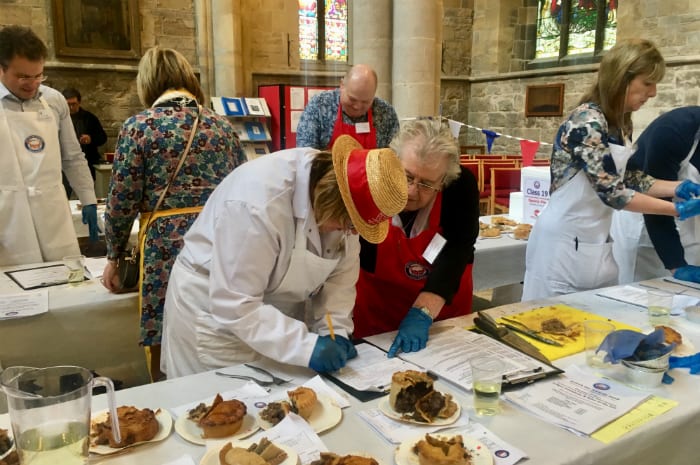
Judging is performed in pairs, and is a serious business. Each pie starts with 100 points, and points are then deducted across six criteria:
- Appearance – including glaze or finish.
- Baking – over-baked means the pastry looks burnt, whereas under-baked can mean the dreaded soggy bottom. There shouldn’t be excessive boil out.
- Pastry thickness – including how the knife ‘feels’ as it cuts through the pie. The pastry sides and base should be of a consistent thickness, demonstrating the skill of the piemaker.
- Pastry texture and taste – it shouldn’t be too crumbly or greasy, too salty or underseasoned.
- A visual assessment of the filling – is it over- or under-filled, is there a good ratio of meat to vegetable filling, is there enough gravy or sauce?
- Filling texture and taste – is it seasoned well? Is the filling too thin or gloopy? Are any meat or vegetables overcooked or undercooked?

The pies were delivered to the table hot to be judged. One judge cut the pies, while the other wrote down scores and notes. With a couple of exceptions which can be attributed to personal taste, the judges seemed to be mostly in agreement when scoring, with a class leader ensuring we were neither too harsh nor too lenient.
If judging is taken seriously, that’s partly because pies are a much loved part of the country’s culinary scene. That’s nothing new. Pies have been part of the national diet for centuries – and not just for the working classes.
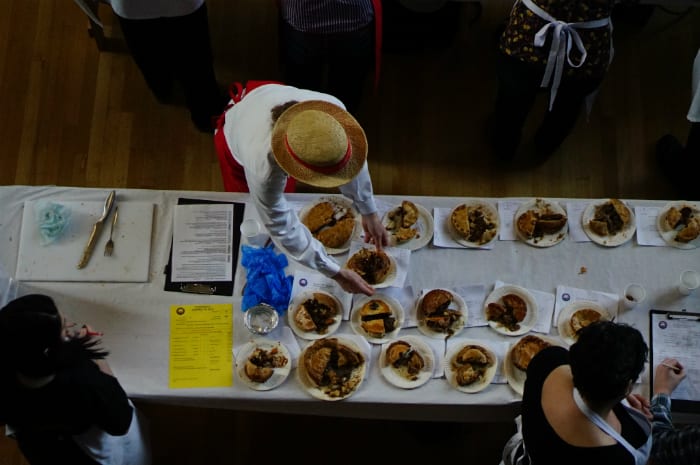
According to Marc Meltonville, Food Historian for Historic Royal Palaces, pies began to take centre stage across palaces and castles in the 17th century. With the introduction of larger ovens and tinned oven ware, pies became increasingly extravagant.
“Large pies were filled with hunted meats, entire exotic birds or the leg of a deer wrapped in pastry,” says Marc.
“Diners had to be alerted to the contents of the pie, so decorative tops became more and more elaborate, with lids being fashioned by skilled pastry cooks into the forms of the meat or fruit below. Running stags for a deer pie, leaping fishes for trout in pastry, or gardens and trees for the contents of the orchard. The pies of the rich were things of skill and beauty.”
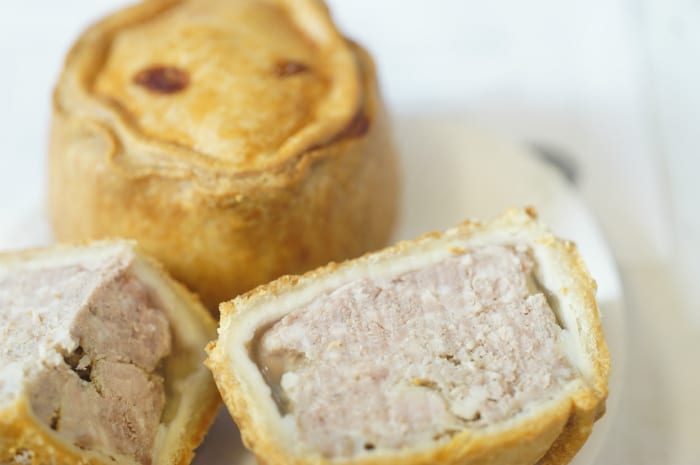
Pies were not always for the wealthy, of course. “Pies seem to be as old as we keep records,” says Marc.
”The fancy decorated pies of the late 16th and 17th centuries were fine dining, as were the great game pies of the Victorian era. But the working man wandering home has always sought out the pie shop.
”They were the first fast food establishments. Most people had no oven, so a pie shop, with its wood fired oven, could provide a tasty alternative to the usual stew.”
People have also always been worried about health and safety, it seems.
“As early as the 11th century we have those who run London worrying about the health and safety issues of the little pie shops dotted about the city,” says Marc.
”They considered them a fire risk. The Great Fire of London in 1666 proved them correct – even if it took 600 years to come true!”
Britain has strong regional traditions when it comes to pies. From Melton Mowbray’s famous pork pie with its hand-formed crust to Cornish pasties and Lancashire butter pies, many regions have their own speciality, often made from local ingredients.
From the ubiquity of Holland’s Pies, the Lancashire business founded in 1851 which even continued production through the Second World War, to Neil Broomfield’s Great North Pie Co selling handcrafted multi-award winning pies at Market House Altrincham, the north west has its own pie heritage.
Neil’s pies use an all-butter pastry, with the finest ingredients sourced from the north – think Swaledale rare breed beef mince with roast onion puree, peas, Bovril, beef dripping, cinnamon and white pepper.
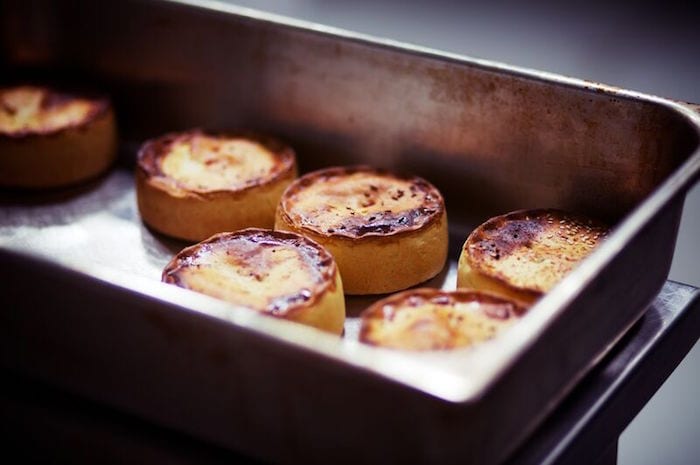
Neil has gone on to win five categories at the British Pie Awards, and scooped the prestigious title of North West Fine Food Producer of the Year in a competition judged by Great British Menu winner, Nigel Haworth.
“It’s about keeping things simple and showcasing some of the best ingredients we’ve got in the north west,” says Neil.
“The pie that really got us going was a Lancashire cheese and onion. We always keep that on the menu. It’s like if you go to Cornwall, you want a Cornish pasty. Or if you go to Lisbon, you want pastel de nata. I like the idea of people visiting Manchester and trying our regional pies.”
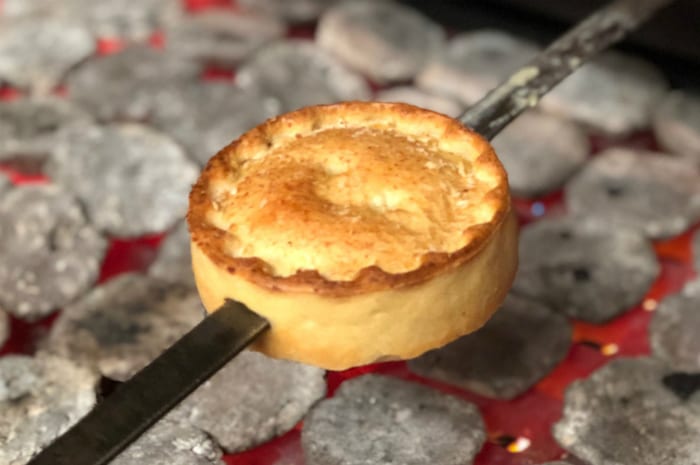
But while Neil is passionate about local culinary heritage, he is also open to creativity and collaboration when it comes to pies.
Working with Manchester restaurant Mughli, a new Great North Pie Co collaboration sees a ‘Great British Samosa’ pie on the menu, consisting of golden butter pastry stuffed with spiced lamb keema, served with Bombay aloo mash and nihari marrow gravy. It’s available at Market House Altrincham for a limited time.
- This article was last updated 4 years ago.
- It was first published on 9 March 2018 and is subject to be updated from time to time. Please refresh or return to see the latest version.
Did we miss something? Let us know: press@ilovemanchester.com
Want to be the first to receive all the latest news stories, what’s on and events from the heart of Manchester? Sign up here.
Manchester is a successful city, but many people suffer. I Love Manchester helps raise awareness and funds to help improve the lives and prospects of people across Greater Manchester – and we can’t do it without your help. So please support us with what you can so we can continue to spread the love. Thank you in advance!
An email you’ll love. Subscribe to our newsletter to get the latest news stories delivered direct to your inbox.
Got a story worth sharing?
What’s the story? We are all ears when it comes to positive news and inspiring stories. You can send story ideas to press@ilovemanchester.com
While we can’t guarantee to publish everything, we will always consider any enquiry or idea that promotes:
- Independent new openings
- Human interest
- Not-for-profit organisations
- Community Interest Companies (CiCs) and projects
- Charities and charitable initiatives
- Affordability and offers saving people over 20%
For anything else, don’t hesitate to get in touch with us about advertorials (from £350+VAT) and advertising opportunities: advertise@ilovemanchester.com

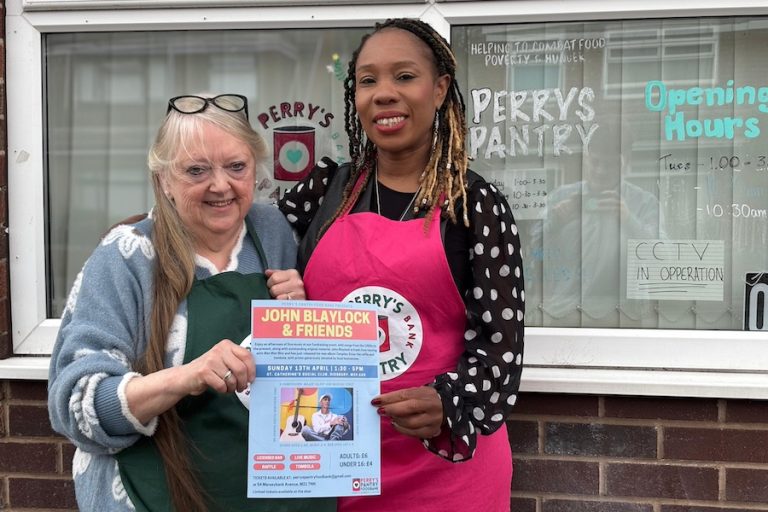

The eclectic group that’s been helping writers cut their teeth for 50 years

“His presence will be deeply missed” Children’s hospice bids farewell to their visionary CEO
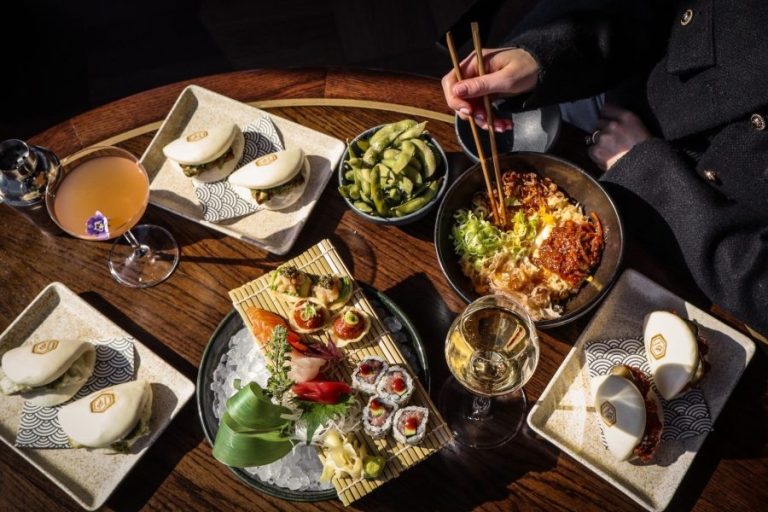
Has Gordon Ramsay created Manchester’s ultimate bottomless brunch?











